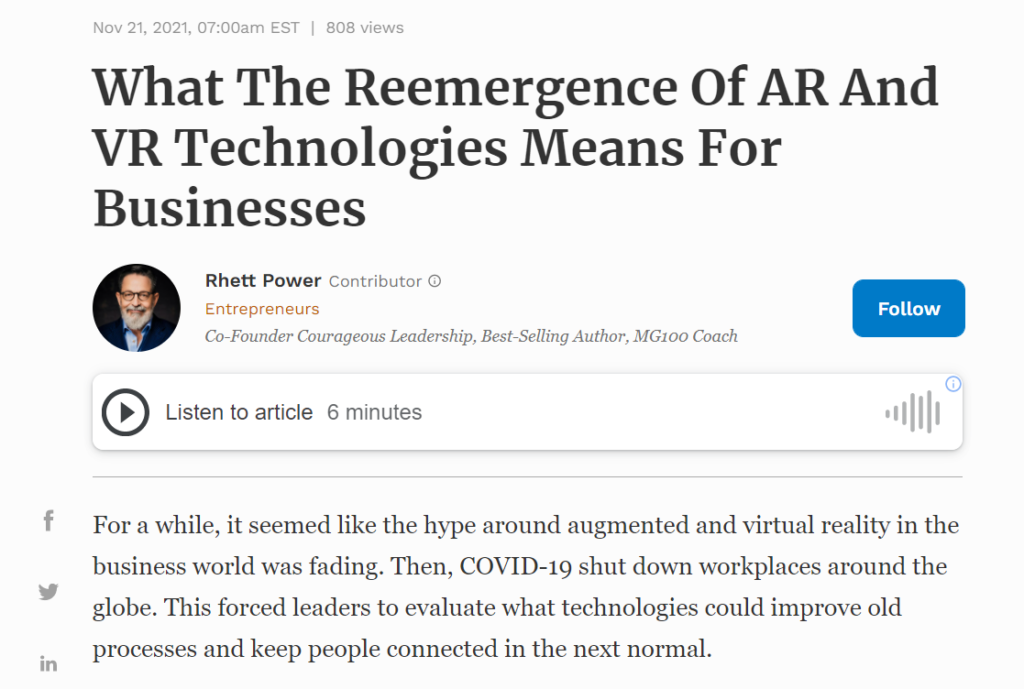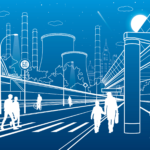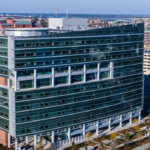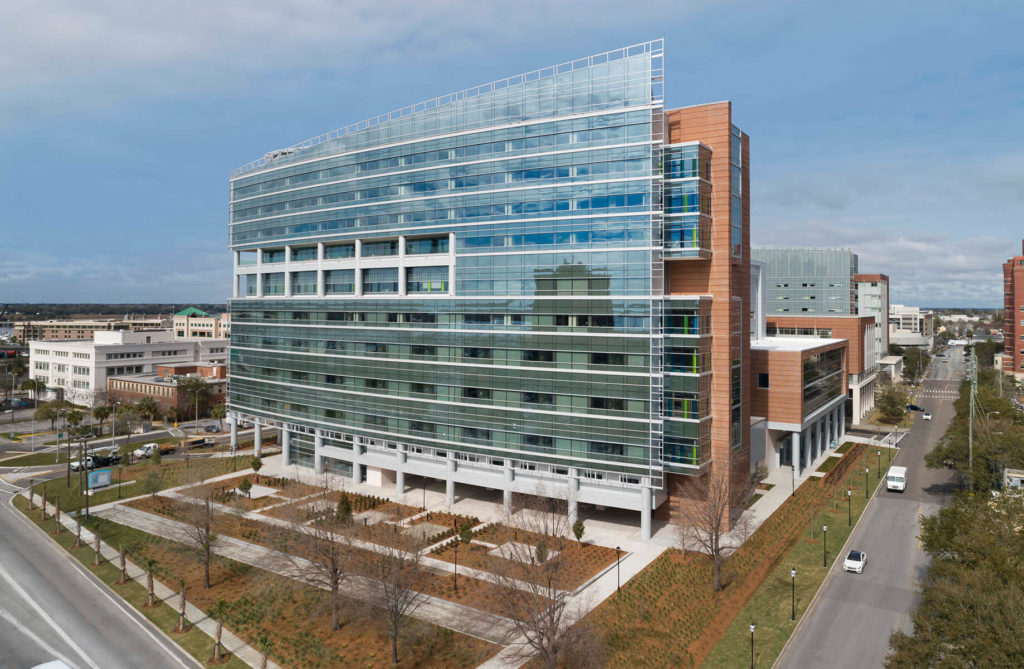The Medical Equipment/Technology Forum is a platform for the interaction and conversation about leading-edge technology among owners, architects, engineers, facility managers, and vendors. Our Lisa Charrin, AIA, ACHA, Vice President, and Pier P. Vettorazzi, AIA, IIDA, LEED AP, Regional Manager, will be speakers for this Forum during the 2022 International Summit & Exhibition on Health Facility Planning, Design & Construction (PDC Summit) supported by the American Society for Health Care Engineering in New Orleans, LA on Monday, March 21 at 7 AM CT:
Register to Join the Conversation.
Along with Bradley Pollitt, AIA, Vice President – Facilities, for UF Health Shands Hospital, Lisa and Pier will provide insights into the latest technologies including hybrid OR’s, intra-operative MRIs, and other advanced procedure suites to ensure systems can be planned, procured, and installed to meet facility timelines to remain at the forefront of innovation while also considering connectivity and standards across a campus or larger health system.
Key Objectives:
• Explore a range of high-tech rooms and understand terminology among different solutions
• Discuss lessons learned from new construction, renovations, and relocations.
• Review strategies and broad impact of future flexibility vs retrofit.
• Explore degrees of integration within rooms and connectivity outside the room.
• Envision future state amid growing technologies, artificial intelligence, telemedicine, etc.
Why Attend ASHE PDC 2022?
The PDC Summit is a dynamic industry event coordinated by a trusted network of not-for-profit organizations with expertise in health care planning, design, and construction.
More than 3,000 senior leaders from hospitals, design firms, and construction companies attend the PDC Summit to share perspectives on optimizing healing environments. This is the one conference with an integrated audience of C-level, design, construction, and operations professionals with more than two-thirds of attendees returning to the event each year.
Successfully Manage Your Next Medical Equipment Planning Project with Our Team
Juggling hospital personnel, program supervisors, engineers, and equipment vendors across multiple project areas is challenging, but our Medical Equipment Planning experts are here to help manage every aspect from planning to final installation. Trusted with top healthcare providers including UF Health Shands Hospital Specialty Surgical Tower and MD Anderson Cancer Center, contact us for your next project.































